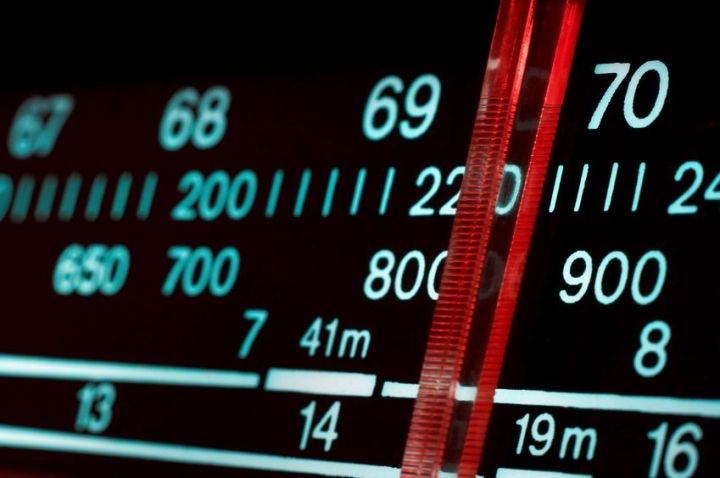
Funny you should ask. A new report delves into the world of underground radio, and it’s nothing like Christian Slater’s 80s flick “Pump Up the Volume.” Largely it’s people who broadcast to “underserved” immigrant communities, for whom the stations offer a slice of home and familiarity.
So who cares? The FCC, lawmakers, and licensed commercial broadcasters, according to an AP report. The chances of being shut down? Slim and getting slimmer with FCC budget and staff cuts. The problems? Unregulated advertising, indecency, and interference with radio-based alert systems. It’s old tech communication made more accessible with newer tech, low-cost equipment.
Pirate radio is a growing concern for broadcasters and lawmakers at a time when most public communications concerns are about data privacy breaches, identity theft, copyright infringement, and online stalking. According to David Donovan, president of the New York State Broadcasters Association, pirate radio stations interfere with the Emergency Alert System.
Many of the pirate stations are in New York, but the FCC has also gone after concentrations of them in Boston and Miami, and during the last decade it has pursued pirates in most states.
In 2010, the FCC issued 400 warnings to pirate radio stations. Last year that number dropped to just 100. FCC Chairman Tom Wheeler said that fining the operators and seizing their equipment won’t stop them because often they won’t pay the fines and just buy new equipment. The FCC has discussed fines for advertisers on unlicensed stations and more recently has been requesting that landlords and police be on the lookout for illicit broadcasters.
Typical pirate radio stations have a range of up to two miles. The FCC has encouraged would-be broadcasters to set up Low Power FM stations. LPFM has a range of about 3.5 miles. Obstacles are that previously identified radio pirates cannot apply for LPRM licenses and for others the competition for airwave space in larger cities is tough.
While 1,500 LPFM stations have started since 2000, for those who just want to get started talking to their community, the barriers to starting a pirate station are still very low.
Editors' Recommendations
- Watch engineers add a new radio antenna to the Eiffel Tower
- Radio Garden offers a fun way to explore stations of the world
- Scientists spot cyclical pattern in mysterious cosmic radio bursts
- Astronomers detect strange transient radio pulses repeating in 16-day cycle
- China’s enormous 500-meter radio telescope is up and running




